The Ellora Caves, located in the Indian state of Maharashtra, are a stunning testament to India’s rich cultural and religious heritage. Carved into the basalt cliffs of the Charanandri Hills, this UNESCO World Heritage site is a complex of 34 rock-cut temples and monasteries that date back to between the 6th and 10th centuries AD. These caves are a magnificent representation of ancient Indian rock-cut architecture and a symbol of religious harmony, showcasing the coexistence of Buddhism, Hinduism, and Jainism.

Historical Significance
Ellora’s history spans several centuries, reflecting the patronage of various dynasties and their devotion to different religions. The earliest caves were built by the Rashtrakuta dynasty, followed by additions from the Chalukya and Yadava dynasties. The site serves as a remarkable chronicle of the evolution of religious thought and artistic expression in ancient India.

Architectural Splendor
The Ellora Caves are renowned for their architectural brilliance and intricate carvings. The complex includes 12 Buddhist caves, 17 Hindu caves, and 5 Jain caves, each uniquely designed and adorned with exquisite sculptures and frescoes.
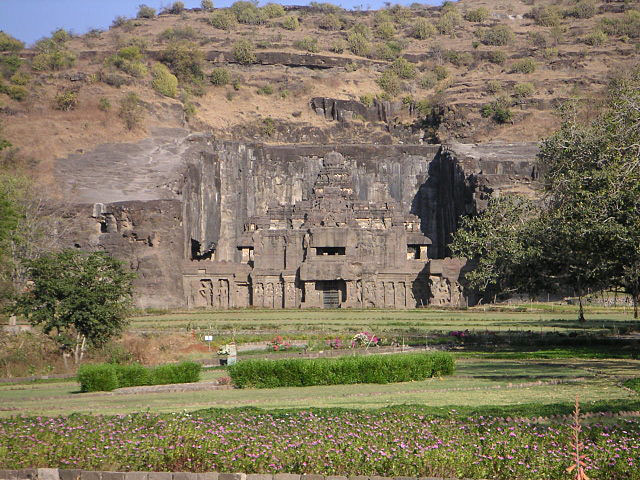
Kailasa Temple
The crown jewel of Ellora is the Kailasa Temple (Cave 16), a monolithic structure dedicated to Lord Shiva. This awe-inspiring temple was excavated from a single rock and is considered one of the largest rock-cut temples in the world. The sheer scale and intricacy of the Kailasa Temple, with its towering pillars, elaborate sculptures, and multi-storied layout, leave visitors spellbound. It is said that the construction of this temple involved the removal of over 200,000 tons of rock, a feat that took decades to accomplish.
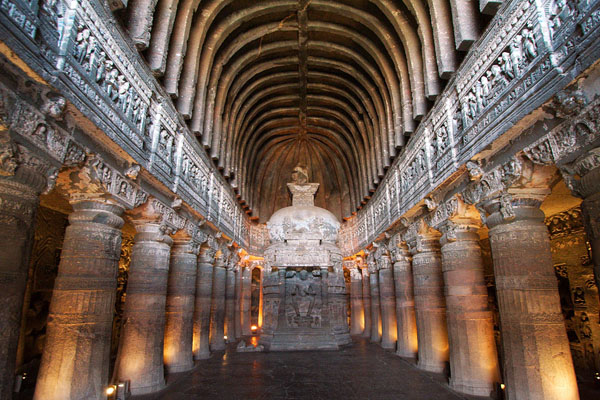
Buddhist Caves
The Buddhist caves at Ellora, primarily dating from the 6th to 8th centuries, include monasteries (viharas) and prayer halls (chaityas). Cave 10, also known as the “Carpenter’s Cave,” features a large, intricately carved Buddha statue and wooden beam-like ribs on its ceiling, giving it a unique appearance. These caves reflect the zenith of Buddhist art and architecture, emphasizing serenity and simplicity.
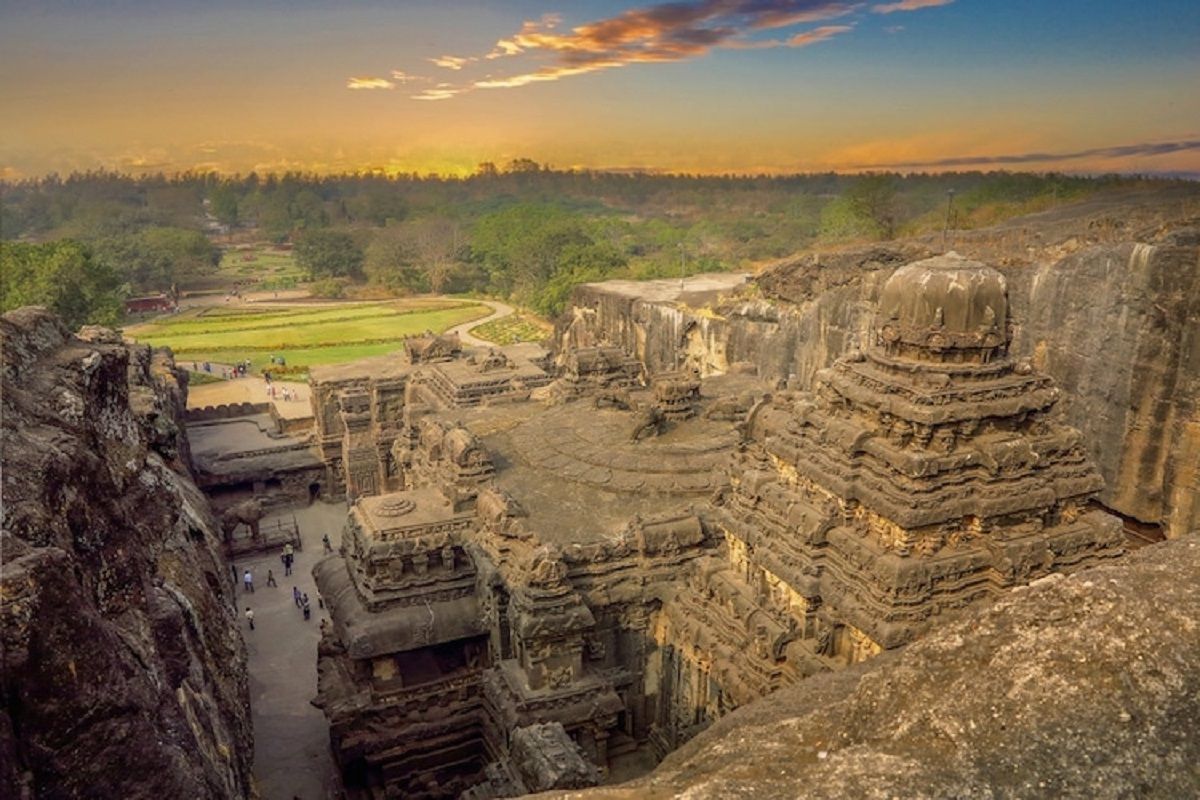
Hindu Caves
The Hindu caves, constructed between the 7th and 9th centuries, are rich in mythology and iconography. They depict various Hindu deities, epic tales from the Mahabharata and Ramayana, and intricate mandapas (pillared halls). Cave 15, known as the “Dasavatara Cave,” features depictions of the ten avatars of Vishnu, showcasing the divine transformations in stunning detail.
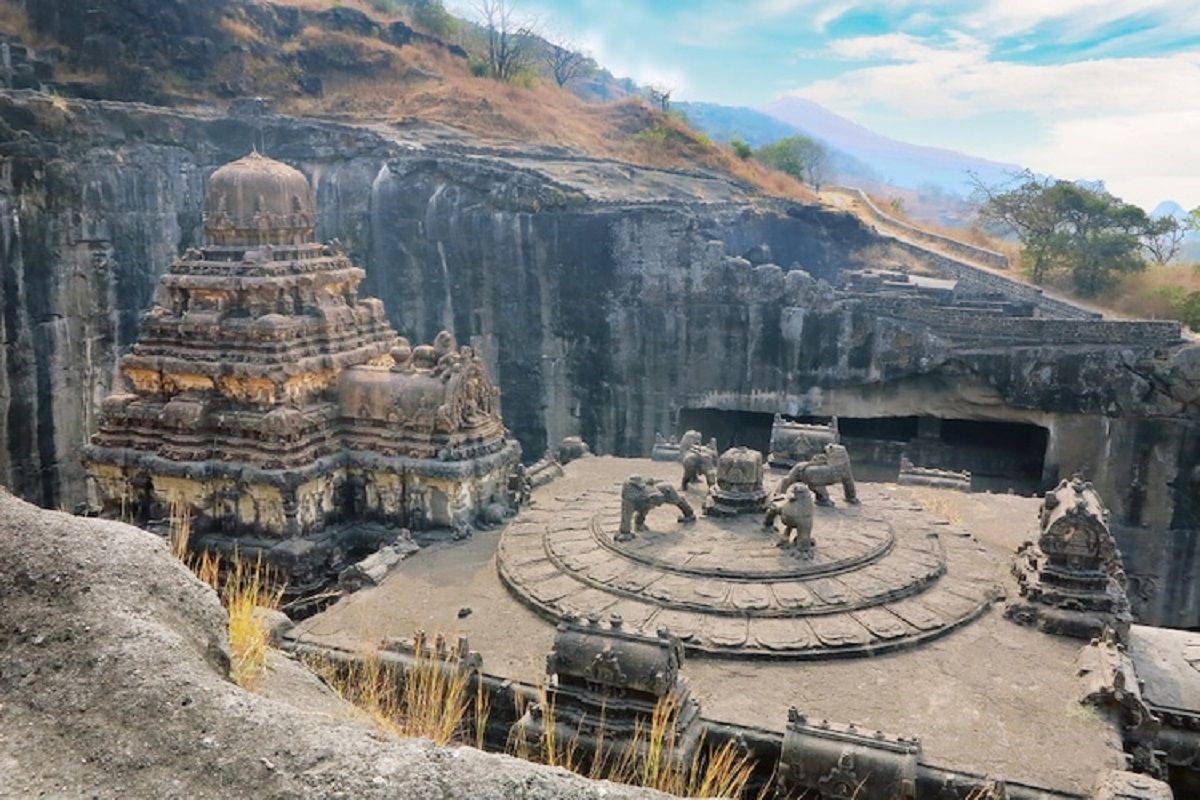
Jain Caves
The Jain caves at Ellora, created in the 9th and 10th centuries, are known for their detailed sculptures and elaborate decorations. Cave 32, also known as the “Indra Sabha,” is a two-storied structure with a beautifully carved lotus on the ceiling and intricate figures of Jain Tirthankaras. These caves highlight the Jain philosophy of asceticism and devotion.
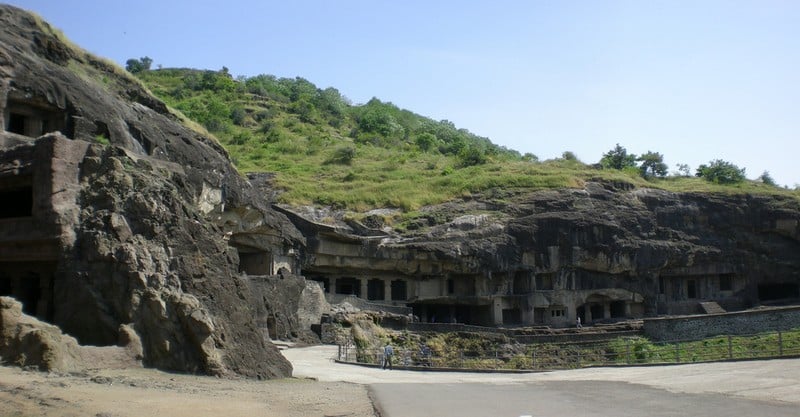
Cultural and Religious Harmony
One of the most remarkable aspects of the Ellora Caves is the coexistence of multiple religious traditions within a single complex. This harmonious blend of Buddhist, Hindu, and Jain monuments reflects the spirit of tolerance and mutual respect that characterized ancient Indian society.

Modern Discovery and Preservation
Ellora was rediscovered in the early 19th century by British explorers, and since then, it has been the focus of extensive archaeological and conservation efforts. Today, it remains one of India’s most visited historical sites, drawing scholars, pilgrims, and tourists from around the world.
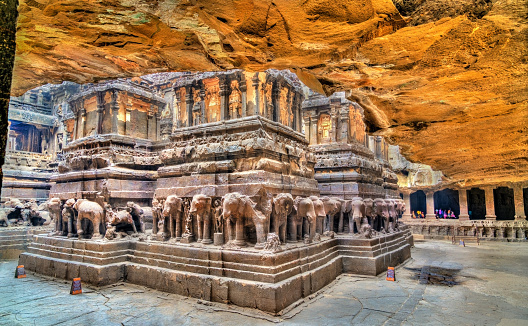
Visiting Ellora
A visit to the Ellora Caves is a journey through time and a chance to marvel at the ingenuity of ancient Indian artisans. The site is easily accessible from the city of Aurangabad, and guided tours provide insightful narratives about the history and significance of each cave. Whether you are an art enthusiast, a history buff, or a spiritual seeker, Ellora offers an unforgettable experience.

Conclusion
The Ellora Caves stand as a monumental achievement in the history of Indian art and architecture. They are a testament to the country’s rich cultural heritage and the enduring legacy of its ancient civilizations. Exploring the Ellora Caves is not just a trip to a historical site but an immersion into the profound spiritual and artistic traditions that have shaped India.




